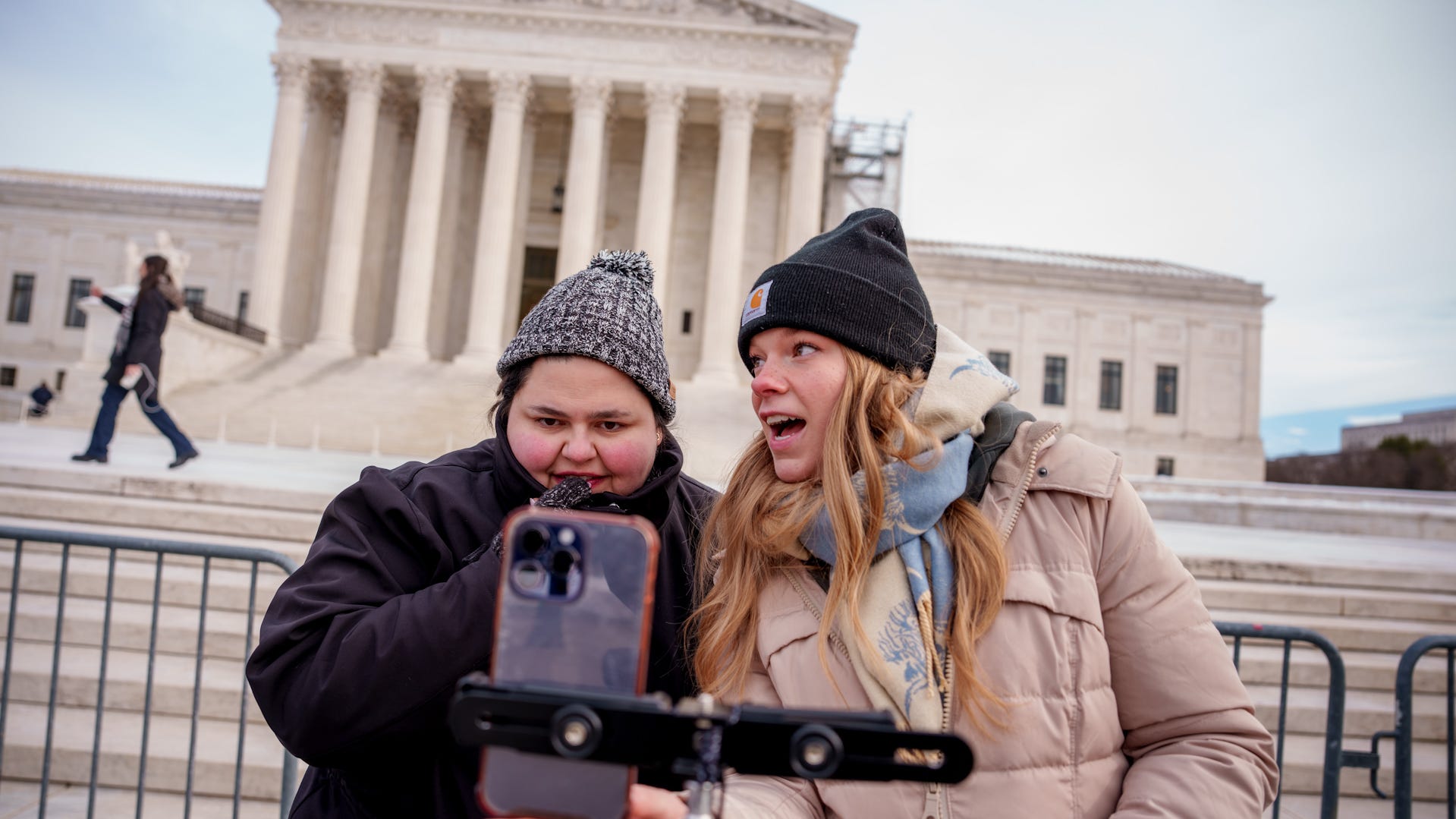Police conduct in deadly traffic stop under Supreme Court microscope
The justices seemed likely to agree that courts can look beyond the exact moments force was used to determine if it was unreasonable.

WASHINGTON – The Supreme Court on Wednesday seemed likely to agree that courts can look beyond the exact moment a police officer is using deadly force to determine if that force was unreasonable.
But their eventual ruling may not detail how anything else should be considered, leaving that to trial courts to determine in specific cases.
Those issues arose from a lawsuit brought by the mother of a 24-year-old man, Ashtian Barnes, who was fatally shot by a Texas traffic enforcement officer in 2016 after Barnes was stopped because the car he was driving had outstanding toll violations.
Barnes’ family said the officer, Roberto Felix, was responsible for his life being in danger because he unnecessarily jumped onto Barnes’ moving car.
The lower courts dismissed the family’s lawsuit, saying they couldn’t evaluate what led up to the shooting, just the situation Felix faced once he was standing on the car.
“This kind of legal amnesia is incompatible with precedent, conflicts with common law and defies common sense,” Nathaniel Zelinsky, a lawyer for the family, told the Supreme Court at the start of more than an hour of debate Wednesday.
Zelinsky said the officer had other options when Barnes didn’t comply with his order to get out of the car. Those included radioing another officer to follow Barnes or doing so himself.
“Officer Felix put himself in a position where he had no alternative but to shoot the driver, and that's unreasonable,” he said. “You have to look at the whole picture, not just the two seconds in which he’s on the car."
Charles McCloud, who represented the officer before the justices, agreed that courts don’t have to ignore what led up to the shooting. But McCloud said what Barnes’ family really wants is for an officer to lose the right to defend himself if he made a bad decision leading up to the moment of peril.
“Every court in the country considers preceding events,” McCloud said. “The question is whether you can use those preceding events as a basis for making an argument that the officer made a mistake.”
Several justices probed whether each side would be satisfied with a narrow ruling saying it's wrong to consider only the exact the moment without hammering out specific parameters.
The lawyers for Barnes and Felix generally agreed with that approach as did the lawyer for the Justice Department, which had asked the court for time to make its own arguments for why the lower court's decision was wrong.
“We’re not asking for black-line rules,” said Zoe Jacoby, an assistant to the solicitor general, who did not take a position on whether the Barnes family's suit should eventually succeed.
Justice Brett Kavanaugh repeatedly probed whether overturning the lower court's decision would make officers feel they don’t have enough legal certainty to act in difficult situations.
“I don’t know what we want officers to do,” he said, “and I don’t know how that’s going to get fleshed out.”
Jacoby said law enforcement’s ability to do their job hasn’t been affected when courts outside of Texas have allowed consideration of a longer timeline when reviewing allegations of excessive force. And that would be the same if the Supreme Court rules narrowly on this case, she said.
“We are definitely very concerned, as the United States, about officers not being able to engage in aggressive-enough policing,” Jacoby said.
A decision in Barnes v. Felix is expected by summer.